My Non-Toxic Box Braid Maintenance Routine
I love wearing my natural hair, but I’ve been LIVING for box braids. Waking up knowing that my hair routine is low maintenance and cut down to a few minutes is THE best feeling. Now that I’ve gotten my box braids maintenance routine down to a science, I can keep my braids looking their best longer, while making sure I have a solid non-toxic box braids maintenance routine.
Box braids are a great protective hairstyle when installed properly and with the proper care. Unfortunately, many of the hair products formulated for braids, and even the braiding hair itself, can be a source of nasty toxins. In fact, most of the products marketed toward black women are full of endocrine-disrupting chemicals that can contribute to conditions like fibroids.
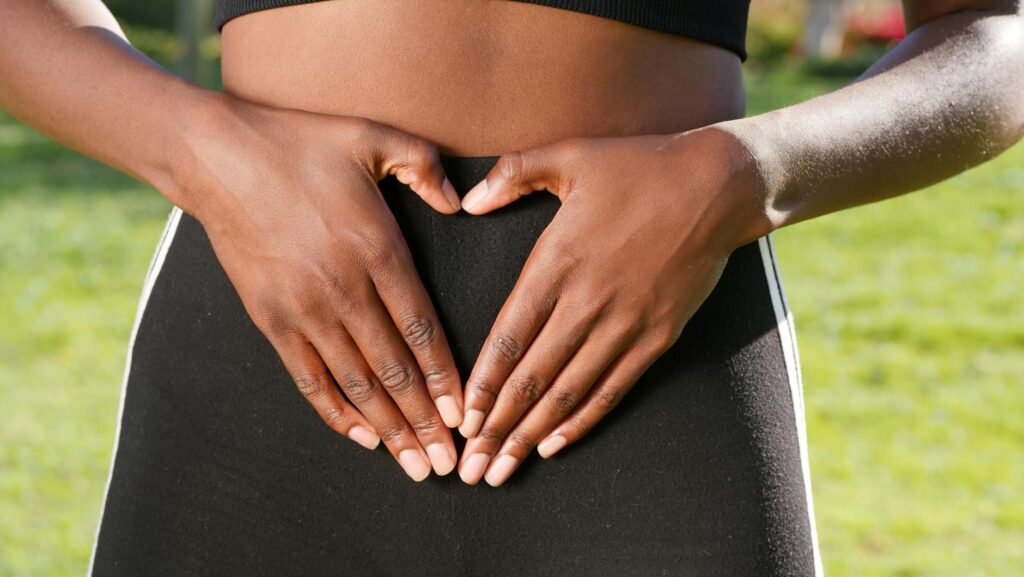
Fibroid Fighting Quickstart Guide
Subscribe and get a guide to start fighting fibroids today. And be the first to know when my ebook is ready.
The thought of something that brings so much beauty and ease to my life, having the potential to be harmful, is almost devastating. So, I had to do some research to figure out how to create a non-toxic braid care routine that .
I’ve included some of my favorite non-toxic hair care products in my routine. They’ve helped me turn this part of my haircare routine into a real self-care ritual.
So grab a playlist, put some calming oils in your bathroom diffuser, and let’s turn extending the life of our braids into our favorite maintenance routine.
These braid maintenance tips will help you ensure that your protective style is truly protective. So, first things first, let’s start with the hair you choose for your initial installation.
Choosing Safer Hair for Braids
When it comes to box braids, you can choose synthetic or human hair extensions. Human hair usually does not contain as many chemicals. However, its sourcing may not be ethical, and the cost is more expensive.
Personally, I choose synthetic hair for its ease of use and affordability. However, synthetic hair is usually treated with chemicals, including pesticides, which are potential endocrine disruptors. But don’t fret. There are at least two solutions to minimize exposure to these chemicals.
My first solution is to buy from a brand that already produces synthetic hair with no dangerous chemicals. My go-to is Latched and Hooked. This black-owned braid hair brand has SO many colors to choose from. Plus, shipping times have been reasonably quick, in my experience. Another brand I’m considering is Rebundle, a sustainable, vegan line that allows you to reuse the hair.
Sometimes, I make a last-minute braid appointment, so I might not have time to order the hair. In this case, I opt for creating a soaking solution for whatever brand I buy from the hair store.
To create the soaking solution, I simply fill my sink or bathtub with enough water to cover the hair and pour in a few tablespoons of apple cider vinegar or distilled white vinegar.
You can let the hair soak for at least 30 minutes. Then rinse with clear water. Hang to air dry or blow dry the hair.
Now that you know which hair to start out with. Let’s get down to the braid care routine.
Let’s start with a pretreatment.
Pretreatment for Braids and Scalp
Now, normally adding an extra step to any routine, let alone my hair routine wouldn’t be on my agenda. But I got this sample of Fable & Mane Holiroots™ Pre-wash Hair Oil Treatment from Sephora from their Rewards. And it was indeed a reward.
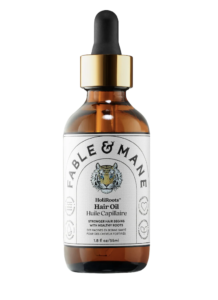
Add a few drops throughout your hair at least five minutes before you wash. You can even use the oil as an overnight treatment.
Non-toxic shampoo for braids
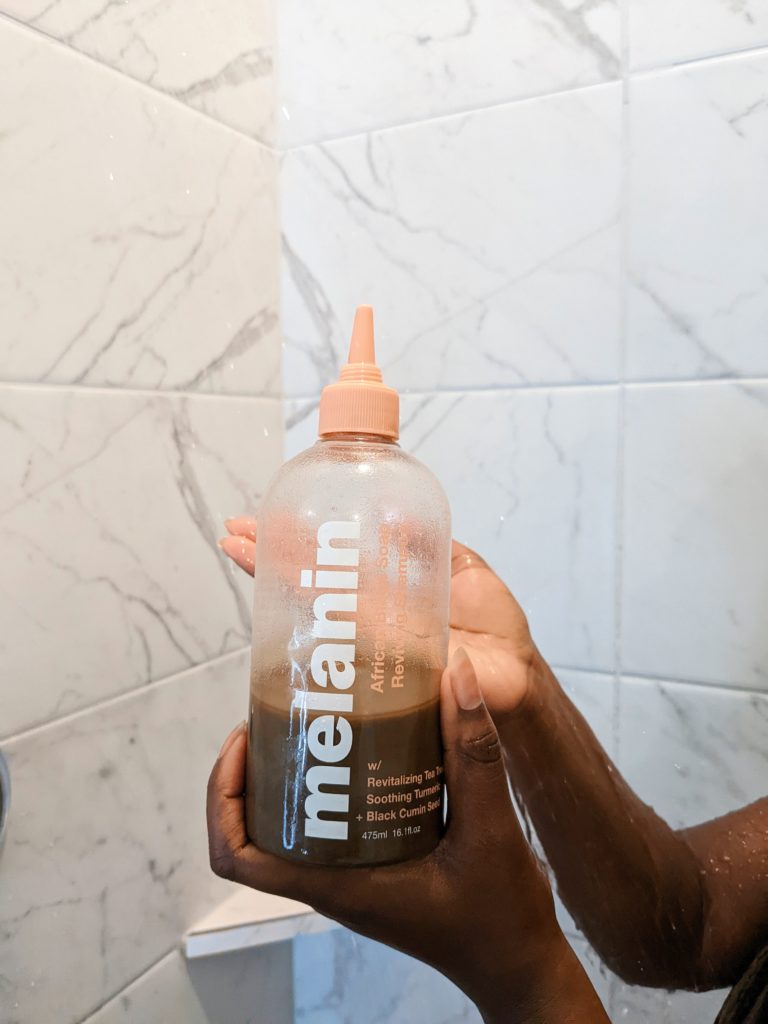
Lately, I’ve had issues with patchy, itchy scalp. So, wash day is my favorite day. If you’re plagued by itchy scalp, it’s important to do a really thorough wash to remove any product buildup and promote healthy hair and scalp. A clarifying shampoo may be a good choice if you feel that you may have a lot of product buildup. This is not the time to go for a co-wash.
Melanin Black Soap Reviving Shampoo really gets the job done when it comes to a clean scalp. I usually pour it directly into my hands and lather a bit to get it throughout my scalp. If your scalp issues are caused by seborrheic dermatitis, I suggest going with
The nozzle allows you to squeeze shampoo directly onto your scalp. But sometimes I like to use a different bottle and add water to thin the shampoo a bit. Doing this might be helpful if you feel like you get product build-up or have trouble rinsing thoroughly.
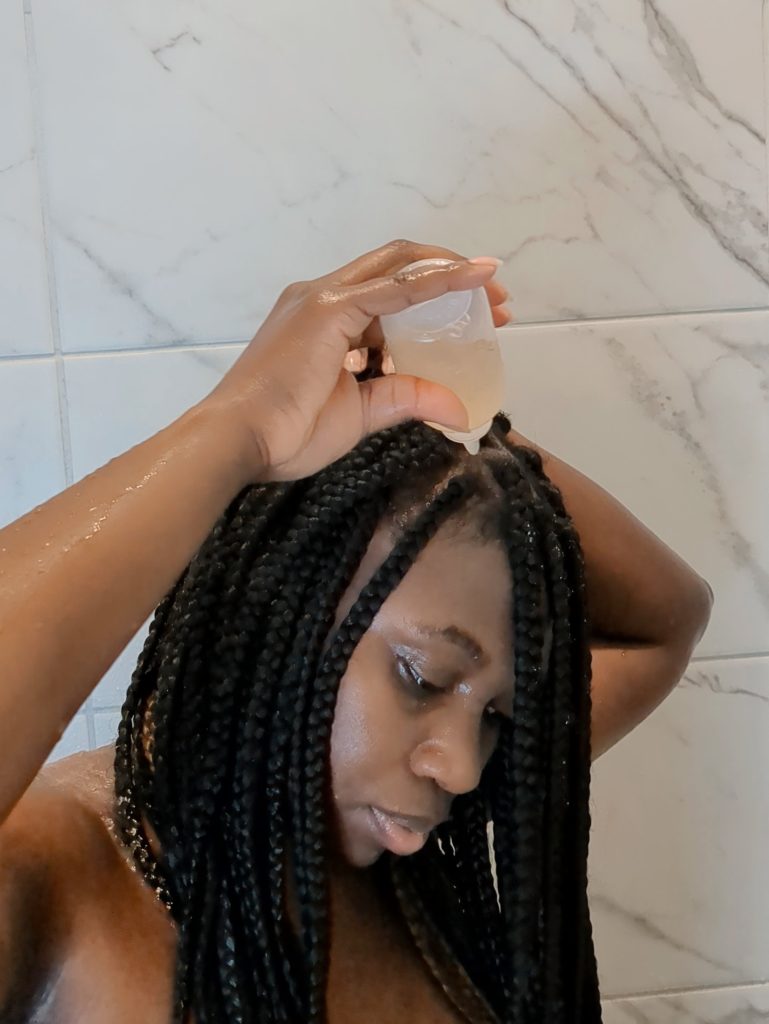
Some people like to add watered-down conditioner to condition the hair close to the scalp. Personally, I skip this step because I’d rather leave the conditioning to a serum or daily oil if you have dry scalp.
But if you have an oily scalp or are dealing with seborrheic dermatitis like me, the natural oils that your scalp produces are a better choice. So, I rinse it with apple cider vinegar in the shower.
How to do an apple cider vinegar rinse for braids
Doing an apple cider vinegar rinse after you shampoo and condition can be beneficial to your scalp. Apple cider vinegar can help neutralize hard water and remove build-up from the scalp.
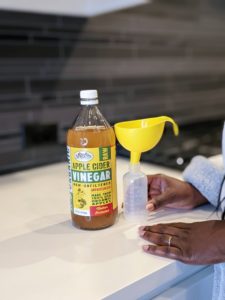
Many women, including myself, have experienced less scalp itchiness from using a rinse. This might be because apple cider vinegar likely reduces the occurrence of fungus on your scalp.
There are a few apple cider vinegar rinse products on the market. But it’s really easy and cheaper to create your own.
Simply add one part apple cider vinegar and three parts water to the applicator bottle and shake gently to mix.
After shampooing and conditioning, apply it directly to your scalp. I like to let it sit for a few minutes and then rinse thoroughly.
Yes, you’ll likely still have a lingering vinegar smell, but it usually dissipates pretty quickly.
Products for Braids
After towel drying my braids, I use some mouse, gel, or wrap lotion to tame flyaways and reduce frizz. You can also use a bit of gel for smoothing.
Some women use the opportunity to redip their braids into hot water. I usually don’t do this because I haven’t noticed a huge difference when I do it.
After I add a holding product and redip, I usually blow dry my braids. I like to use medium to high heat in a downward motion to avoid additional frizz.
You can also let them air dry. But keep in mind that if you have an itchy scalp, letting it stay wet too long may increase the chances of fungus on your scalp.
Scalp Care for Braids
After my braids are dry, I use a serum to help with flakiness and promote hair growth. This one from Beauty Bio keeps my scalp from feeling dry and tight without any product build up. It’s super lightweight and the packaging makes it easy to apply directly to your scalp.
I use the Melanin Multi-Use Oil when my scalp needs a little more moisturizing. Even though this one is super light, a little goes a long way.
Seborrheic Dermatitis and Braids
Although I’ve mentioned this scalp condition a few times throughout this post, I wanted to make sure I included the routine that’s been helpful in dealing with it for me.
Now, it’s important to note that the best way to clear up Seborrheic Dermatitis for good is through diet and working to heal your gut. But I’ve had excellent results controlling it with the items I’m going to mention next. You should also consider seeing a certified trichologist for more guidance.
When my scalp is angry, I do an overnight treatment with Dermazen. In the morning I use Bea’s Bayou Shampoo. Then I follow up with Bea’s Bayou scalp serum, if needed.
It’s important not to let your hair and scalp stay wet for extended periods of time, so I like to sit under a hooded dryer to make sure my scalp gets completely dry.
For a finishing touch, I use a little gel or mouse on my edges for a more polished look.
Nighttime Tips for Braids
The best nighttime tips for maintaining your box braids and protecting your natural hair are to use a satin or silk scarf.
For extra protection, I like to sleep on a satin or silk pillowcase. Not only will it extend the life of your braids, but it’ll also help avoid breakage for your natural hair.
Hopefully this post will help you take your braidcare routine and turn it into something nourishing, luxurious and most importantly safer.
Are you as obsessed with box braids as I am? Let me know in the comments if you have any more non-toxic braid care routine tips!

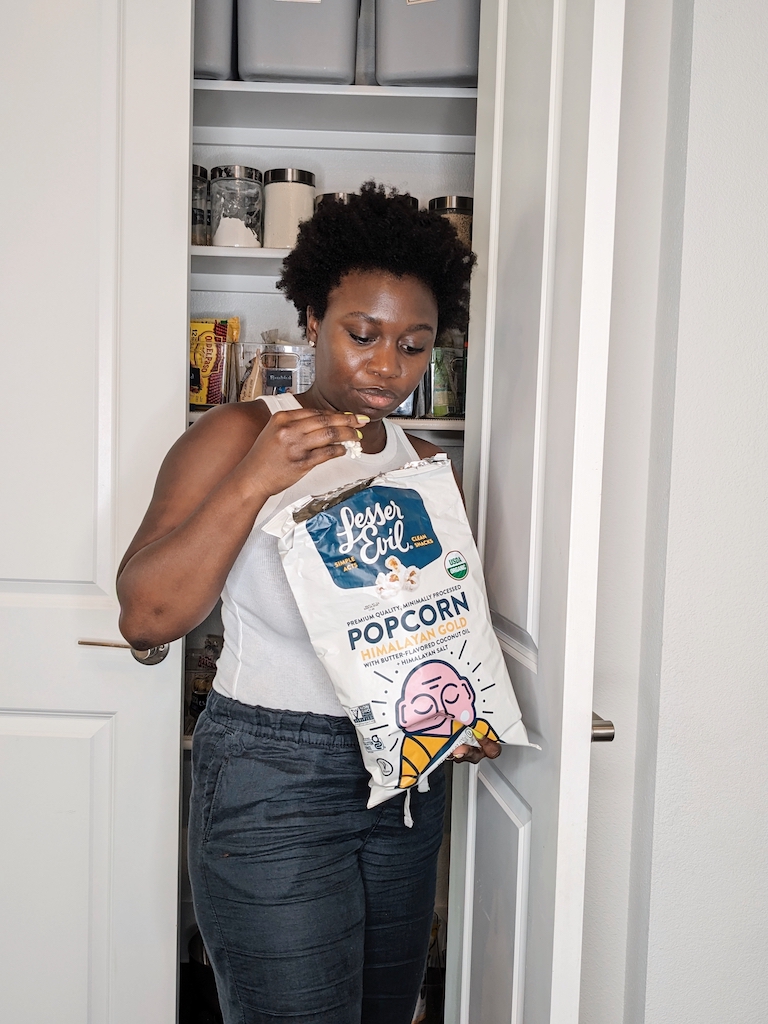
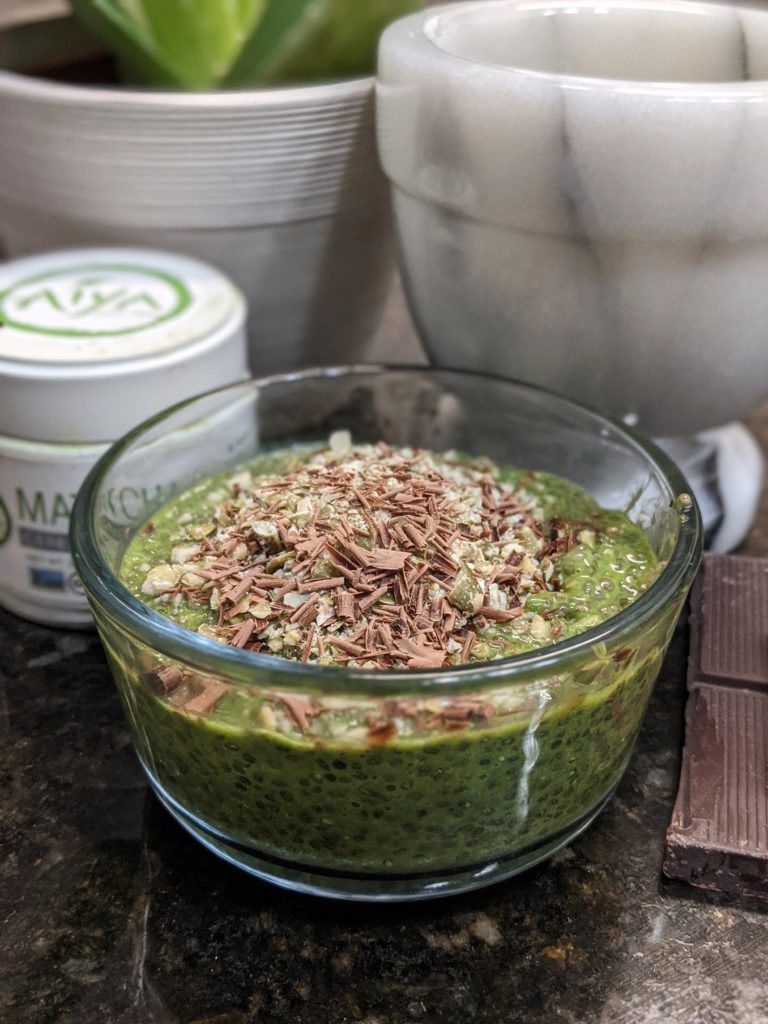
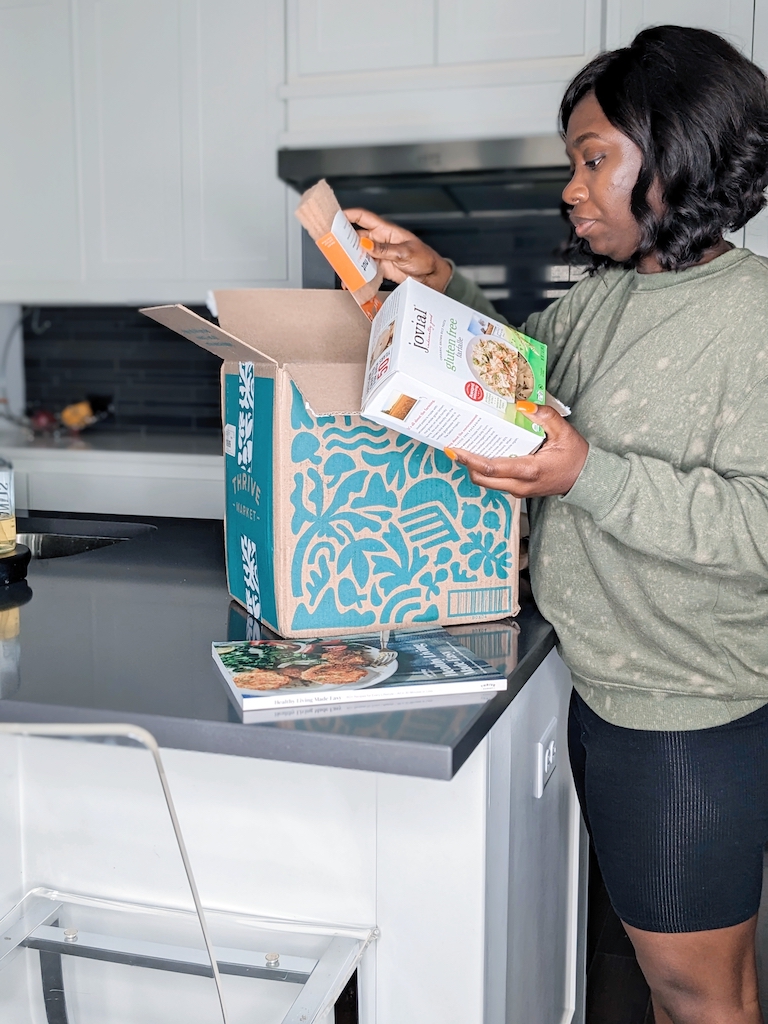
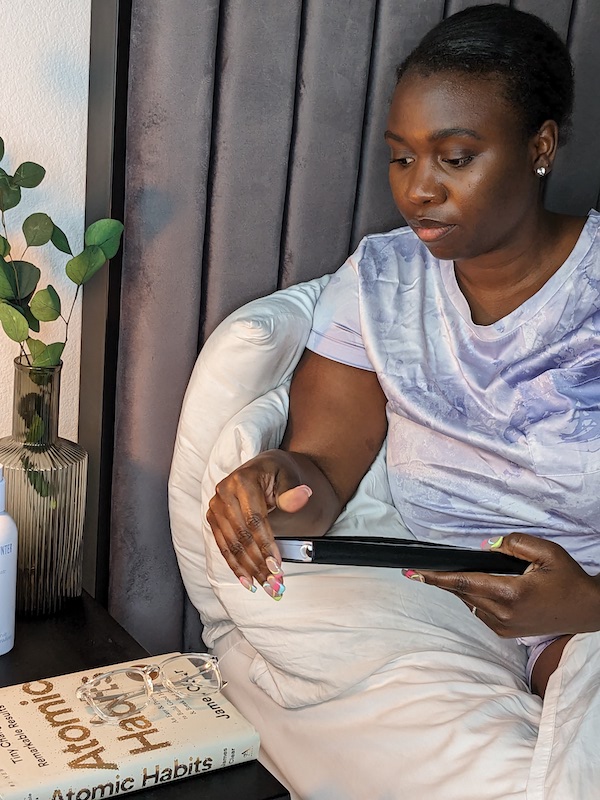
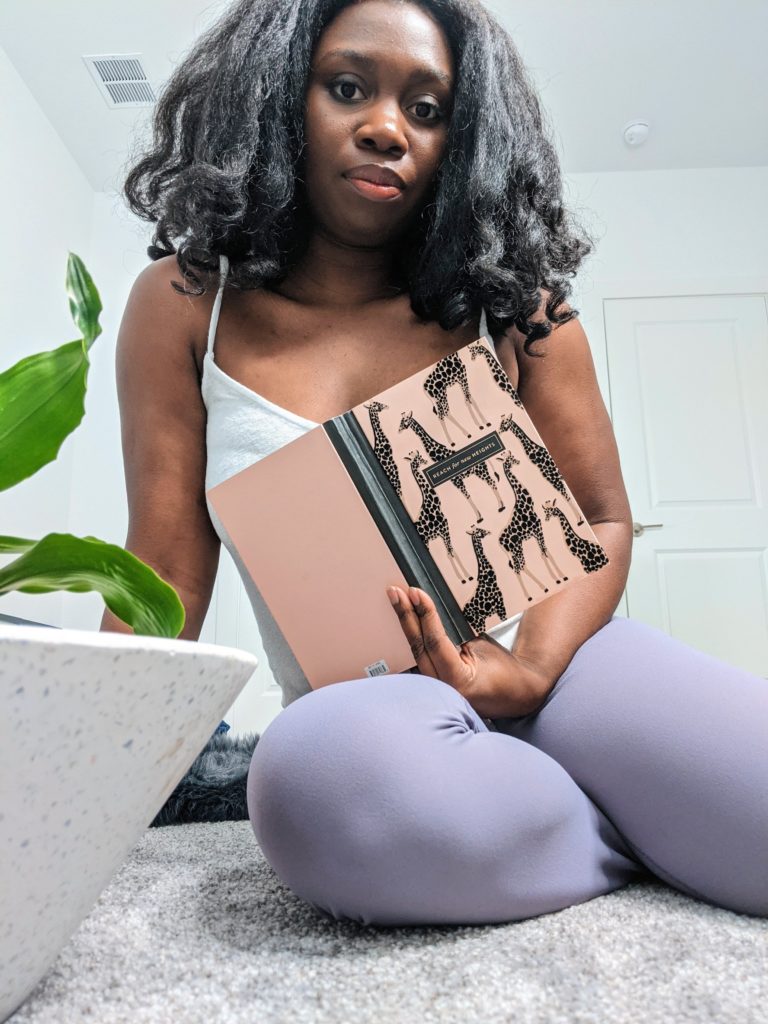

Hello there, You have done ann excellent job. I’ll certqinly digg itt annd personally suggest to my friends.
I’m confident tey will bee benefited from tnis wweb site.